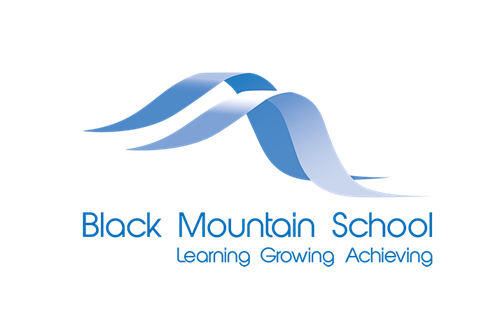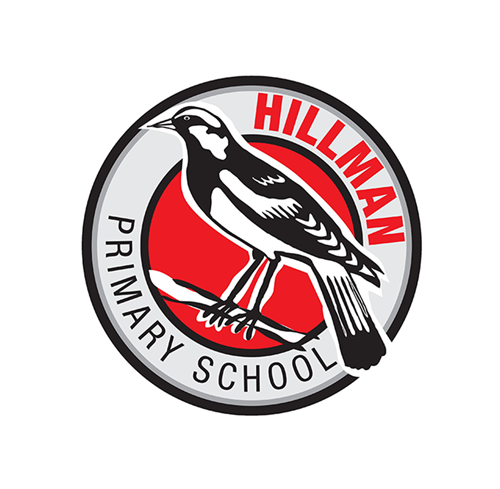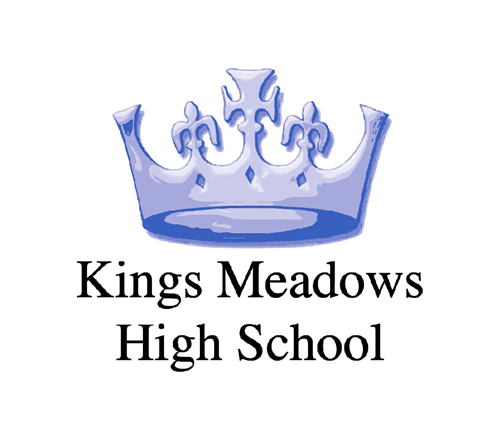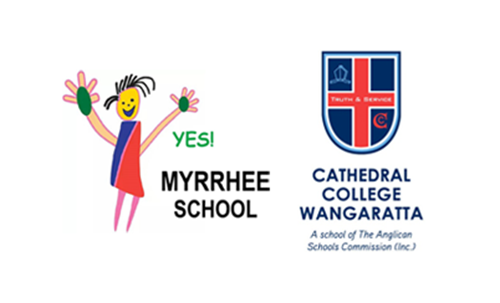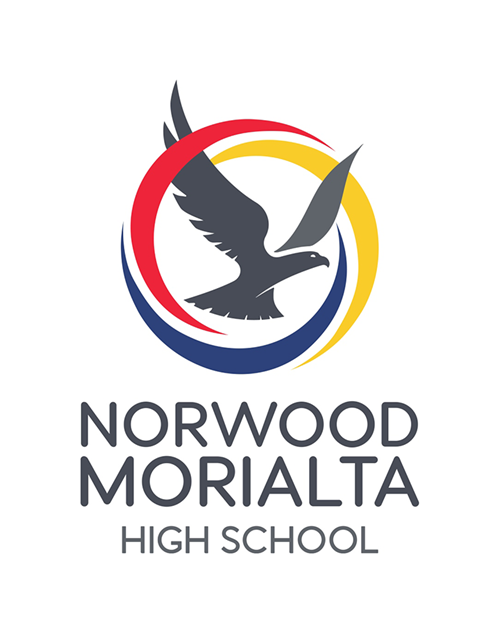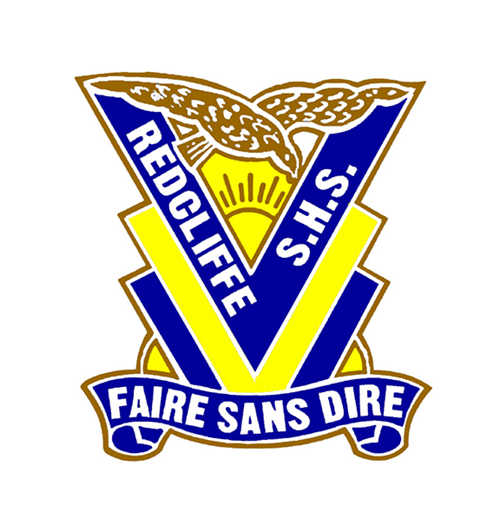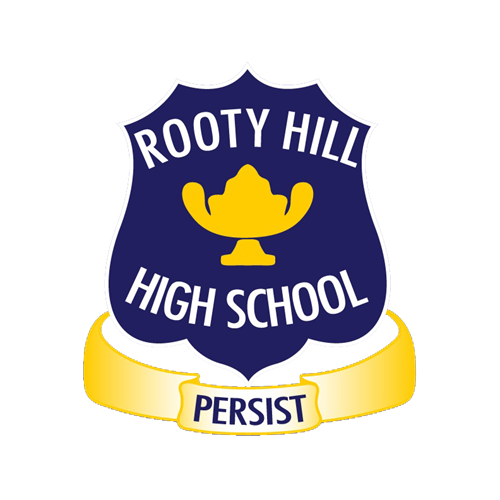Career education: linking primary school to post school through the Pathways program
The ACT Education Directorate developed the Pathways website and Pathways Planning tool to support career education alongside the development of the key elements of the Personal and Social capability.
The Pathways website provides a secure, online application for young people aged 10 to 17 years to develop their career pathway and transition plan. Students access the Pathways website to complete sequential interactive career development and transition activities.
Pathways Planning can be updated as students’ interests, goals and aspirations change. In Years 5 and 6, student input is shared with parents to encourage family discussion.
Young people can use Pathways Planning to develop their career management competencies. Individual student work can transition to new educational settings or post-school options including work, further education and training.
The Pathways Planning program has been mapped against The Australian Blueprint for Career Development and the Australian Curriculum general capabilities. This resource is available for use by students from all states and territories.
Kaleen Primary School incorporates Pathways Planning into their social and emotional learning and student leadership programs, supported by the personal, social and community health strand of the Australian Curriculum: Health and Physical Education. Students are provided with opportunities to develop the skills and dispositions outlined in the self-awareness and self-management elements of the Personal and Social capability.
UC High School, Kaleen Years 7 to 10 students continue to use the Pathways plans that they created in primary school. Students develop the Personal and Social capability as they think about who they are and what they like, when considering life choices.
Hawker College Years 11 to 12 students benefit from previous years of Pathways Planning as they prepare for post-school life. Two key priorities of the program are: to enable every student to master the essential knowledge and skills of their individual program and to make successful transitions during and after school life. General capabilities are embedded in the unique learning programs of every college student. The Personal and Social capability is developed through decision making, self-management and self-awareness.
The college offers a broad curriculum and students choose accredited course options, such as Agriculture. Vocational courses, such as Sport, Recreation and Leadership offer career experiences outside school while still studying at the college. This exposure can lead to traineeships and influence career paths.
Kaleen Primary School, UC High School Kaleen and Hawker College demonstrate how Pathways Planning can successfully transition from primary to senior secondary levels. Students can use Pathways in set periods integrated into the curriculum or in their own time. Throughout the process, students learn about themselves and discover interests which may lead them towards successful career paths.
In the illustration of practice:
Describe how the schools use the Australian Curriculum learning areas and general capabilities to develop a career education program.
Identify the schools’ approaches to the key objectives of Future Ready: A student focused National Career Education Strategy.
How do the schools identify and engage with a range of stakeholders in the development of their career education program?
In your school context:
Identify how a school-based career education program would benefit your students.
What aspects of the Australian Curriculum could be included in your school-based career education program?
What elements of the Future Ready: A student focused National Career Education Strategy would you include when developing your school-based career education program?
How would you identify and include appropriate community stakeholders when developing a school-based career education program?
 My Future
My Future Kaleen Primary School
Kaleen Primary School UC High School Kaleen
UC High School Kaleen Hawker College
Hawker College